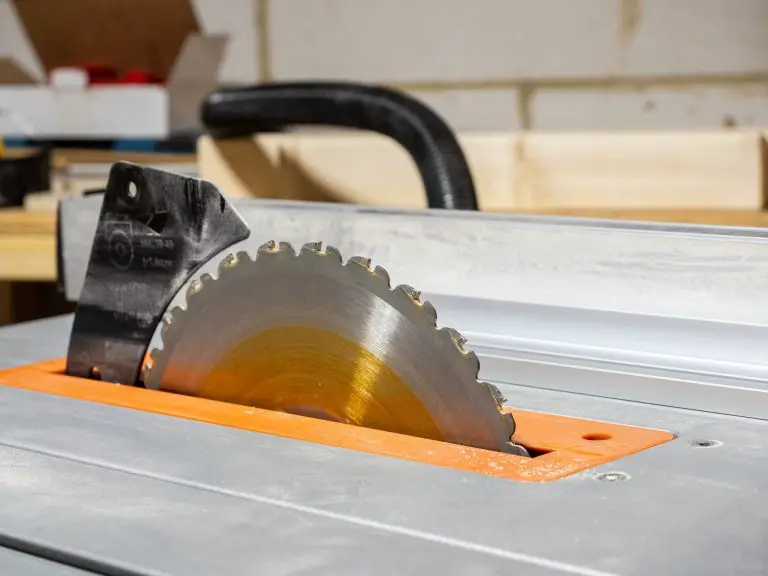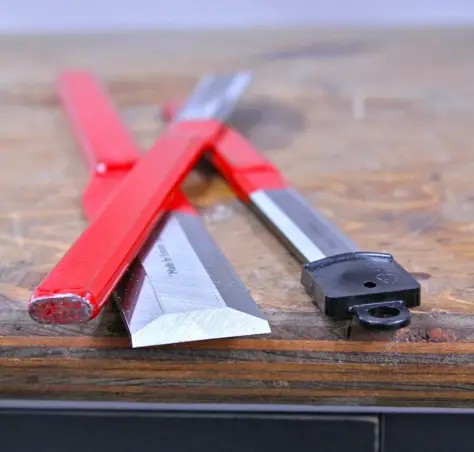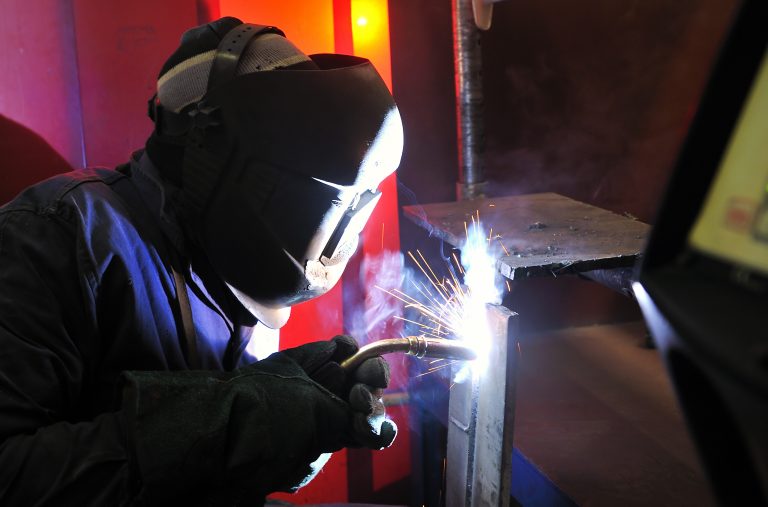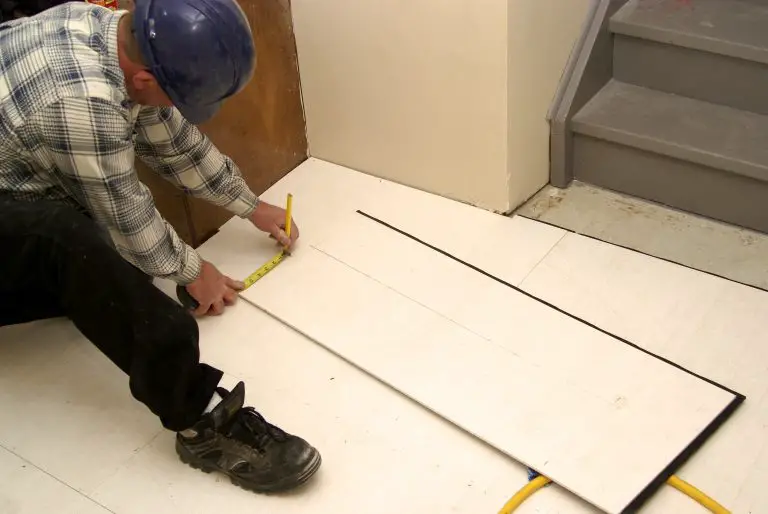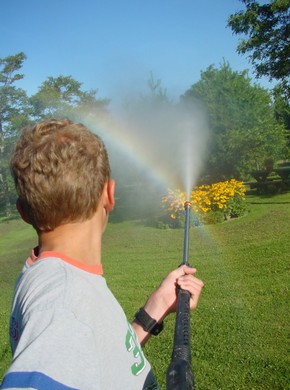You’ve got a classic case of truss uplift, and the cause is cold weather. Trusses are triangular frameworks of wood that form the sloped shape of your roof. As the top two edges of each roof truss cools, they shrink more than the always-warmer bottom edges do. This difference in contraction causes the bottom cord of each truss to rise, with the greatest area of movement located near the middle of each truss. And that’s exactly where your interior walls are located. Unfortunately, there’s no way to stop this kind of movement. You can’t win in a wrestling match with such large forces. Your contractor has done all he can to remedy the situation by installing trim that’s fastened to the ceiling only. The good news is that truss uplift isn’t a sign of structural trouble. The movement may be annoying (where you can see it), but your house isn’t in any danger of collapse because of it.
We live in a 3-year old house, a bungalow with an open floor plan. It’s divided down the middle by a wall and several sets of pillars. We’ve been in the house for three winters now, and every year the ceiling lifts at least 1 inch upwards from the walls around the kitchen and the support pillars. After our first winter we hired a home inspector to assess the problem, and he identified that our roof is framed with trusses. So far we’ve relied on the builder to repair the problem, and while he’s been responsive, I’m still not satisfied. He put quarter-round and crown molding around the top of the pillars and walls, and though the ceiling still rises and falls, we can’t see the movement. This doesn’t seem like a proper fix, though I also wonder if there really is any problem at all. Is this an issue? Can you think of anything that we or the builder can do to stop the movement once and for all?







